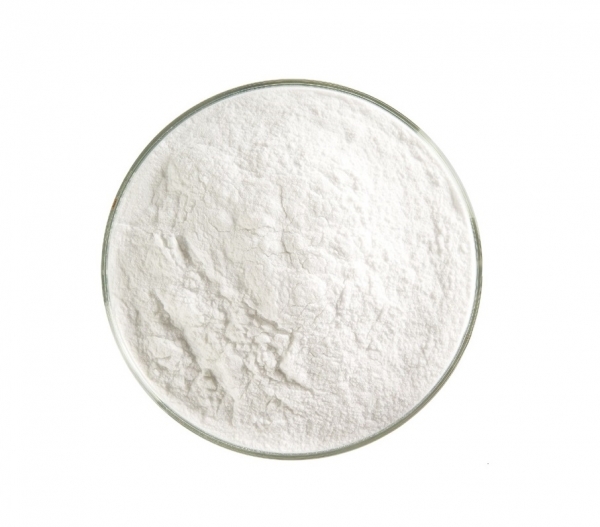
How To Test Naproxen Sodium Raw Material specification & analysis prescribes the requirements with UV Spectrophotometer spectrum and Alternate Method of Analysis on HPLC System and Other Testing procedures.
Characters
How To Test Naproxen Sodium Raw Material Spread about 1.0 of sample on a clean, dry watch glass and observe the appearance, it should be white to creamy crystalline powder
Solubility
Soluble in water and in methanol; sparingly soluble in alcohol; very slightly soluble in acetone; and practically insoluble in chloroform and in toluene.
Melting point
Melts at about 225 °C with determination decomposition
Procedure: Grind the Naproxen Sodium sample into a fine powder in a mortar and pack the capillary tube with sample by tapping on a hard surface so as to form a tightly packed column of about 2.5mm to 3.5mm in height. Heat the melting point apparatus until the temperature is about 10 0C below the expected melting point and regulate the rate of rising of temperature at the rate of 1± 0.5 0C per minutes. Insert the capillary tube at around 5 0C below the expected melting point in heating vessel. Continue the heating and note down the temperature at which the sample melts with decomposition ( at which frothing begins). It should be 225± 2 0C
Identification (B) BY UV
Ultraviolet Absorption:
Solution: 25 µg/ml
Medium: Methanol
Absorptivities at 272 nm, calculated on dried basis, do not differ by more than 3%.
Procedure:
Sample Preparation
Take 50mg Naproxen Sodium How To Test Naproxen Sodium Raw Material, dissolve it in 60ml methanol in 100 ml volumetric flask by stirring for 5 minutes and make volume up to 100ml with the same solvent. Take 5.0 ml of stock solution in 100 ml volumetric flask and make up volume upto mark with same solvent and measure absorbance at 272nm methanol as a blank.
Standard Preparation
Take 50mg of working standard Naproxen Sodium, dissolve it in 60ml methanol in 100 ml volumetric flask by stirring for 5 minutes and make volume up to 100ml with the same solvent. Take 5.0 ml of stock solution in 100 ml volumetric flask and make up volume upto mark with same solvent and measure absorbance at 272nm.
Observations and Calculations
Sample absorbance at 272nm = X
Standard absorbance at 272nm = Y
Difference % = 100 – (Xx 100 / Y) = Z %
Limit: – Absorptivities at 272 nm, calculated on dried basis, donot differ by more than 3%.
Specific rotation Test Solution: 50mg per ml, in 0.1N NaOH
Procedure:
Dissolve 5.0gm 0.1N Sodium Hydroxide and dilute to 100ml with the same solvent and take reading on Polarimeter
Angle of rotation of sample = A
Angle of rotation of blank = B
Difference in angle of rotation = X
Specific Optical Rotation = 1000*X*/L C
Where X is the angle of rotation, l is the length of tube in dm and c’ is the concentration of the solution in gm/litre by putting these values in the above formula we can calculate the Specific Optical Rotation
Limit: – ‘’between’’-15.30 to -17.00
Loss on drying
Take 1.0 gm sample and dry it in vacuum at 105 0C till constant weight and calculate loss on drying in its weight.
Procedure: Take a clean and dry wide mouth weighing bottle that has been dried at 105± 2 0C in vacuum for 30 minutes and cool to room temperature in a desiccator then weigh it (W1). Transfer about 1 grams of sample into the weighing bottle. Weigh the bottle and note down the weight(W2). Calculate the net weight of the sample (W2-W1). Gently shake the bottle to distribute the material evenly. Place the weighing bottle in vacuum oven. Remove the stopper and keep it by the side of the weighing bottle or petridish. Close the oven, apply vacuum for about 3 hours. Stop vacuum, allow the air to enter the oven slowly.
Open the chamber and close the weighing bottle promptly with stopper. Weigh the bottle and note down the weight W3. Calculate the % loss on drying using the formula.
% of Loss on Drying = W2-W3 x 100
W2-W1
Free Naproxen Procedure: Dissolve about 5.0 g in 25 ml of water in a separator, and extract the solution with three 15 ml portions of chloroform. Evaporate the combined extracts on a steam bath to dryness. Dissolve the residue in 10 ml of a mixture of methanol and water (3:1) previously neutralized with 0.1N NaOH to the phenolphthalein endpoint. Add phenolphthalein TS, and titrate with 0.1 N NaOH: Not more than 2.2ml is consumed (1.0%).
Assay (by Titrimetry)
Dissolved about 200mg of Naproxen Sodium, accurately weighed, in 50 ml of glacial acetic acid containing 2 drops of p-naphtholbenzein TS previously neutralized with 0.1N perchloric acid if necessary. Titrate with 0.1N perchloric acid VS.
Each ml of 0.1M perchloric acid is equivalent to 25.22 mg of Naproxen Sodium.
Calculations
Volume of 0.1M perchloric acid used =A ml
Naproxen Sodium % (on dried basis) = A x 25.22 x 100 x 100
200 (100- LOD) = Y %
Limit: – 98.0—102.0% (on dried basis)

